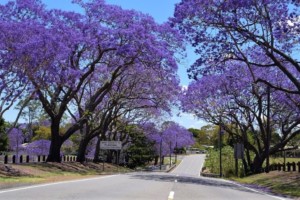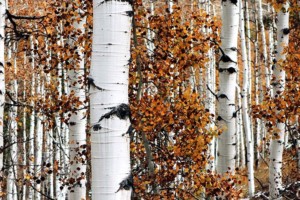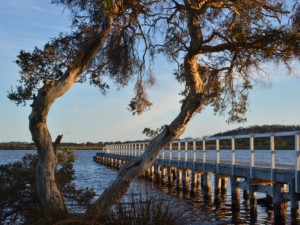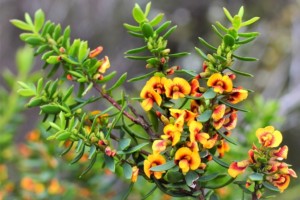Good news in tourism Aug 30 to Sep 5, 2020
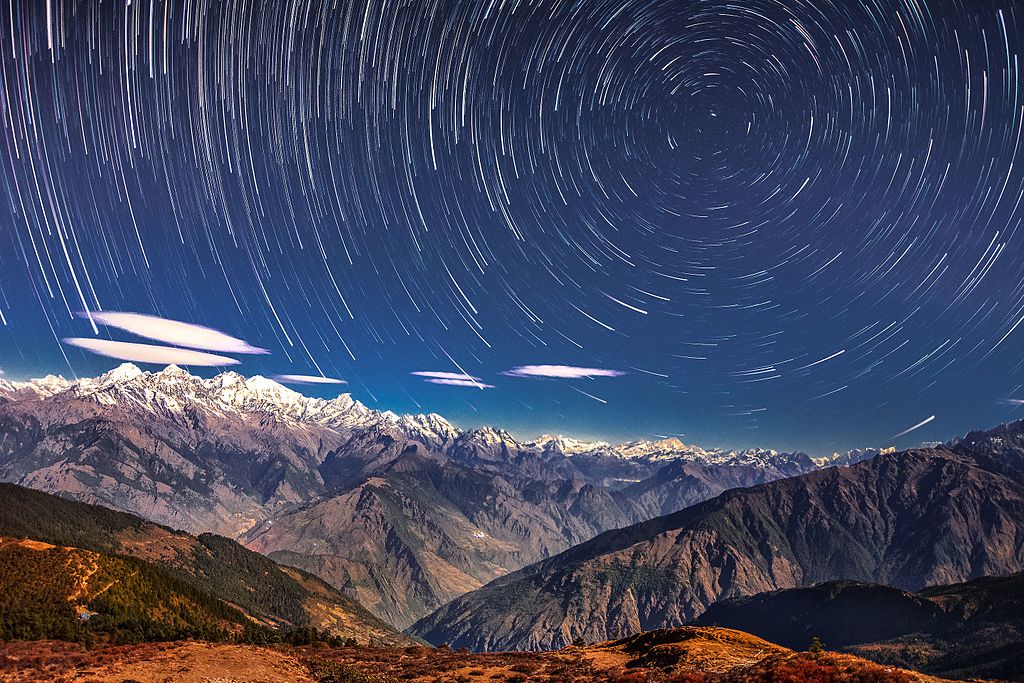
Because you deserve to smile … 🙂
Published every Sunday, “Good news in tourism” is the perfect pick-me-up for the start of a new week in travel & tourism … everyone’s business.
This week’s travel & tourism news menu:
(Click / touch an item to go straight to it.)
- “Good Tourism” (“GT”) news
- Net-zero travel & tourism
- COVID ops
- Tourism & national parks
- Cultural heritage
- Odds & ends
It’s “Good Tourism”. And go!
“GT” news
Carbon-neutral travel & tourism. Net-zero travel. Zero-carbon tourism. Carbon footprint(s). Footprint size. Footprint depth. Be careful where you step because the whole landscape is a potential minefield as we navigate climate and climate change. Kevin Phun of “GT” Partner the Centre for Responsible Tourism Singapore carefully touches on all of this in his second “GT” Insight: “Footprints: What does it mean for travel & tourism to be carbon neutral?”
Tourism minister Julia Farrugia Portelli of Malta on Tuesday launched 30 scholarships for the Climate Friendly Travel Diploma. The online course is conducted by “GT” Partner SUNx — Strong Universal Network and Malta’s Institute of Tourism Studies. Twenty-five “deeply-informed” lecturers, including “GT” Friend Dr Susanne Becken, will provide interactive lessons. More info from SUNx.

Friends indeed
“Friends indeed” are worthy travel & tourism industry fundraisers and charitable causes. Please help if you can. And share the page with your social networks and link to it from your website or email signature.
Net-zero travel & tourism
While on this topic, there’s no reason why something like the following couldn’t be offered to tourists to encourage “climate-friendly” behaviours during their visit: The city of Lahti, Finland has developed an app that tracks the carbon emissions of residents based on the mode of transport they use. Those who volunteer their information in the app get a carbon quota for the week, the leftovers of which can be traded for rewards; bus tickets, public pool access, even coffee and cake.
Ammonia as a jet fuel is not a new idea but it now may be viable according to a concept study by engineering technology firm Reaction Engines and the UK’s Science & Technology Facilities Council. Extant engines and aircraft could be adapted to use it.
A new prize worth millions challenges stakeholders to design and fly a 100+ seater passenger aircraft powered by 100% renewable energy between London and New York and return within 24 hours. The competition is being coordinated by UK-based consultancy Carbon Footprint.
Not a travel, tourism, or human transport story per se, but it is adjacent: Slovenia-based Pipistrel is accepting orders for its unmanned electric vertical takeoff and landing (eVTOL) aircraft designed for cargo. The company expects that within two years their Nuuva V300 model will start to replace helicopters for doing the sort of cargo work helicopters do. The V300’s cargo bay can hold up to 460kg in three Euro-pallets.
Adjacent to cruise tourism is shipping. Momentum is building around the decarbonisation of the shipping sector according to the Global Maritime Forum (GMF). The Getting to Zero Coalition has published a “preliminary mapping” of 66 zero-emission pilot and demonstration projects currently underway globally. Getting to Zero is a partnership between the GMF, the Friends of Ocean Action, and the World Economic Forum.
Support “GT”
If you find “GT” inspiring, interesting, somewhat amusing, or at least different then surely it’s worth a little something to you.
It means a huge something to “GT”. Thank you very much to those who have donated. 😍
COVID ops
Having positioned tourism, especially community-based tourism, as a key economic recovery driver post-COVID-19, the new “Healthy Homestay” campaign by Thailand’s Ministry of Tourism & Sports aims to bring health-conscious travellers to local communities. Department of Tourism boss Anan Wongbenjarat said that many homestays had complied with the department’s Thai homestay standard.
The World Bank is helping Cambodia develop its ecotourism sector. A new report on “Enabling Ecotourism Development in Cambodia” asserts that investment in ecotourism during the COVID pandemic would diversify tourism, create jobs, stimulate rural economies, and “protect the forest assets that underpin ecotourism”. The Kingdom’s Ministry of Tourism has affirmed that ecotourism will be a priority.
Under the Dominican Republic’s Responsible Tourism Recovery Plan to be rolled out September 15, “travellers will not be asked for any type of test prior to entering the country, nor will massive tests be carried out upon arrival, but rather random quick tests will be performed”. Furthermore, “there will be a temporary, free travel assistance plan until December 2020 to all tourists visiting a hotel, that, in addition to emergency coverage, includes COVID-19 tests and cost coverage for long-term stay”.
Travel from the USA’s states of Maryland and Virginia as well as the District of Columbia has been welcome in Costa Rica since September 1. From September 15, commercial flights from Pennsylvania, Massachusetts, and Colorado will be okay too. All these areas join the states of New York, New Jersey, New Hampshire, Maine, Vermont, and Connecticut as having “an epidemiological condition similar to or less than that of Costa Rica”.
Ghana has been allowing non-essential travel arrivals since September 1. Quarantining is not required for a traveller who brings a negative COVID PCR test result taken no more than 72 hours prior to departing for Ghana and who tests negative on arrival.

Nepal’s Tourism Ministry is preparing to “jump-start” tourism with “utmost preference” given to Indian tourists. In a meeting with the Nepal Tourism Board, tourism minister Yogesh Bhattarai directed the NTB to develop the necessary infrastructure in the Kathmandu Valley to accommodate at least 500,000 tourists. The DoT has called a tender worth more than NPR 60 million (USD 509,000) for the “renovation and identification of hiking trails” nearby.
Trekkers are back in Karnataka forests. The state’s forest department opened three treks on the outskirts of Bengaluru, India from September 5, and was surprised by how quickly slots booked out. Deputy Conservators of Forests across Karnataka have sought permission from head office to increase carrying capacity on some routes.
In the USA, Visit Florida is breaking from its norm to promote in-state tourism. Visit Florida chief Dana Young cited research showing more people are now willing to travel close to home on staycations or short road trips.
Similarly, the Operation Staycation campaign by Visit Owensboro in Owensboro, Kentucky, USA aims to boost the tourism industry by getting locals out and about. Hotel bookings unlock discounts to city hot spots.
Still in the USA, the Washington State Department of Health has allowed some agritourism services in Yakima County to reopen, but only “u‑pick” and tree farms, not “hayrides, corn mazes and haunted houses”.
Sustainable tourism & responsible travel is everyone’s business
Freedom of movement is a basic human right. And the travel & tourism industry is everyone’s business. “Everyone” includes not only those who earn a living from the travel & tourism industry, but also people who travel, and people who live in places travelled to and through. EVERYONE. Please share “Good news in tourism” with your friends and colleagues. And dive deeper into “Good Tourism” Insights for ideas on how to make sustainable tourism and responsible travel better … for you, for your people, and for your place. For they are your people. And it is your place.
Tourism & national parks
Not good news for a national park but there might(?) be enough good in the bigger picture policy to more than compensate. Ghana’s Forestry Commission has signed a MOU with a company to turn its “oldest Wildlife Park into West Africa’s biggest eco-resort”. A USD 11 billion investment will transform Digya National Park into “a green city resort”. Forestry Commission chief John Allotey reckons the development will help diversify Ghana’s timber-dependent economy. “We have not lost sight of the fact that while developing the Green City, we should also keep our forest intact.”
The United Nations Development Programme (UNDP) is helping the Tanzania Association of Tour Operators (TATO) to resuscitate the travel & tourism industry. UNDP Tanzania has provided funds to purchase personal protective equipment and convert a 4WD vehicle into a safari ambulance. The vehicle was donated by TATO member Tanganyika Wilderness Camps. Once converted it will join one of the four fleets based at Serengeti National Park, Kilimanjaro National Park, Ngorongoro Conservation Area, and the Tarangire-Manyara Ecosystem. Pre-COVID wildlife tourism in Tanzania earned the country USD 2.5 billion; nearly a fifth (17.6%) of GDP.
The staff of the Uganda Wildlife Authority and the Bwindi Impenetrable National Park are “ecstatic” with the news of a new baby gorilla; the fifth in Bwindi in just six weeks. The International Union for the Conservation of Nature (IUCN) classifies the mountain gorilla as an endangered species.
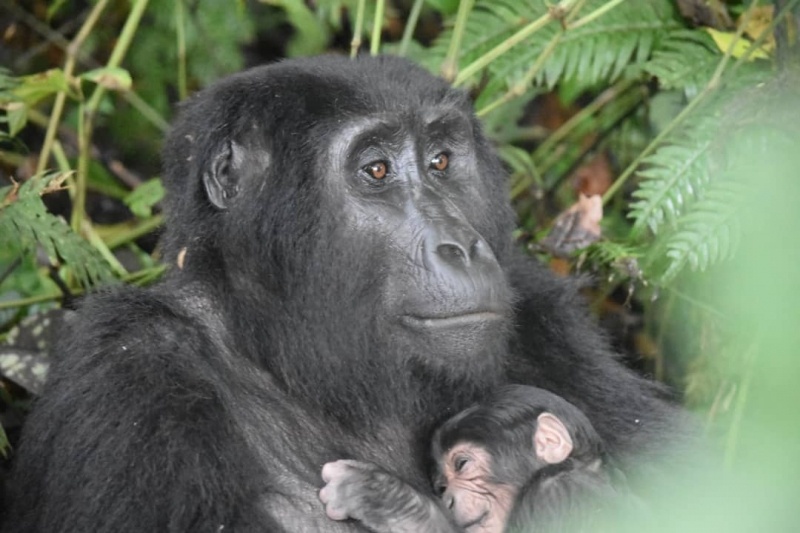
France’s newest national park, the Parc National de Forêts, is also the closest to Paris. Thus, in addition to its 50 million trees, there are a lot of human stakeholders. That’s why the park’s creation was “a decade-long political process of negotiations with farmers, hunters, town councils, and local nonprofits”. Its charter provides for “local economic development focused on ecotourism and forestry research”.
China has initiated pilot projects for creating “national grassland natural parks”. The first batch of 39 parks will cover an area of 147,000 hectares, according to the National Forestry & Grassland Administration.
In Malaysia, Sarawak chief minister Datuk Patinggi Abang Johari Tun Openg hopes the agriculture and tourism industries will benefit from the Sarawak Second Highway linking Kuching with Sibu. Now at its design stage, the 225-kilometre road will pass through the Sri Aman division, which offers travellers the Batang Ai dam, the orangutans of Batang Ai National Park, the peat swamp forest of Maludam National Park, and the Tidal Bore Festival in Batang Lupar. Sarawak is one of the two Malaysian states on the island of Borneo. The other is Sabah.
Almost a year after it became one of the first high-profile victims of Australia’s infamous 2019/2020 bushfire season, Binna Burra Lodge in Lamington National Park, Queensland, welcomed its first guests on Tuesday. Griffith University academics, including “GT” Friend Dr Johanna Nalau, reckon Binna Burra is a “stellar” example of disaster recovery and crisis communications. Earlier this year Griffith and Binna Burra signed a MOU.
Another area impacted by Australia’s ‘19/’20 bushfires was Mares Forest National Park in New South Wales. The state government will spend AUD 9.6 million (USD 7.1 million) to upgrade facilities there, and at the Wombeyan Caves.
A new 27-kilometre walk trail in Lesueur National Park, Western Australia will be ready for ramblers later this year. New campgrounds are already open along the Turquoise Coast tourism region, which is centred around the rock lobster port of Jurien Bay. The new facilities will help meet the growing demand for nature-based tourism.
Keep up with “GT”
If you like “GT” and you don’t want to miss a thing, subscribe to “GT’s” free e‑news:
Cultural heritage
Iran’s tourism minister Ali-Asghar Mounesan has said that ideally his ministry should hire 300,000 guards to protect the country’s 100,000 cultural heritage sites, relics, and monuments. Not that it will. He thanked the police and judiciary for supporting the 2,000 current employees.
Sites need not have millennia of history to be important to a local visitor economy. In Ireland’s County Donegal a French fishing boat that came ashore for “minor repairs” in the late 20th century and never left is deemed worth preserving. If it is allowed to disintegrate then “there’s nothing left in Gaoth Dobhair” [Gweedore] to attract visitors, according to one local. A team from Queen’s University Belfast, Northern Ireland will help preserve the more than 40-year old wreck, which has been the location for music videos by Clannad and U2.
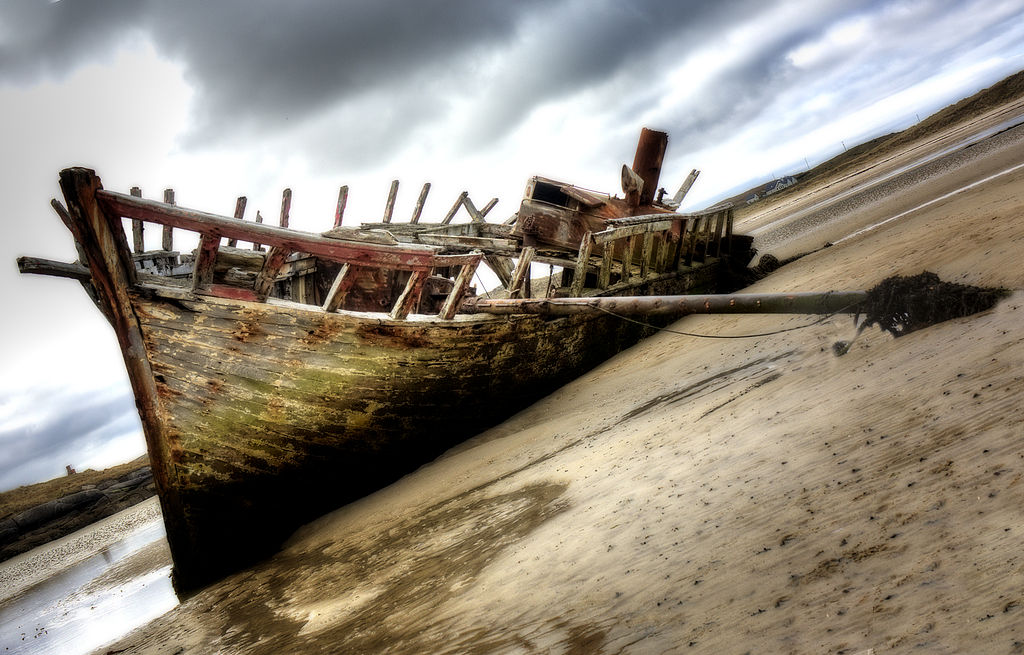
Arts projects in Abilene, Texas, USA will benefit from state arts commission grants, including a project that will install lights and security cameras in two underpasses between Abilene’s cultural district and the South of Downtown Abilene District. It is curious that such lighting and security isn’t a municipal responsibility. In any case it’s likely to benefit the nightlife and cultural precincts of the city.
The vital importance of good partnerships
Many commentators would like to see destinations recover from the COVID-19 depression focused on quality rather than quantity. That would be nice, of course, particularly if host communities want that. However, some or many extant tourism stakeholders will likely go out of business. Don’t let one of those be you.
Seek out good partnerships with those who make you their priority. “GT” is a good partner. Please verify that with a “GT” Partner and then ask about partnership opportunities. There’s a “GT” partnership opportunity for everyone — big or small; public or private; commercial or not-for-profit — because travel & tourism is everyone’s business.
Odds & ends
Bits ‘n pieces that don’t easily fit into this week’s arbitrary clusters:
Galway County Council in Ireland has published the “Lough Derg Visitor Experience Development Plan” and is inviting public submissions until the end of September. The five-year Plan “aims to bring investment into the area to improve tourism offerings, curate clusters of tourist experiences, and help promote the region”.
Pheasant pluckers — and those they press into pheasant plucking service 😉 — look set for a busy pheasant hunting season in South Dakota, USA. The state’s Department of Tourism and Department of Game, Fish & Parks have this year partnered on a USD 700,000 campaign to make sure of it.
Stay healthy, smile, have a good week … And when you can travel again, remember:
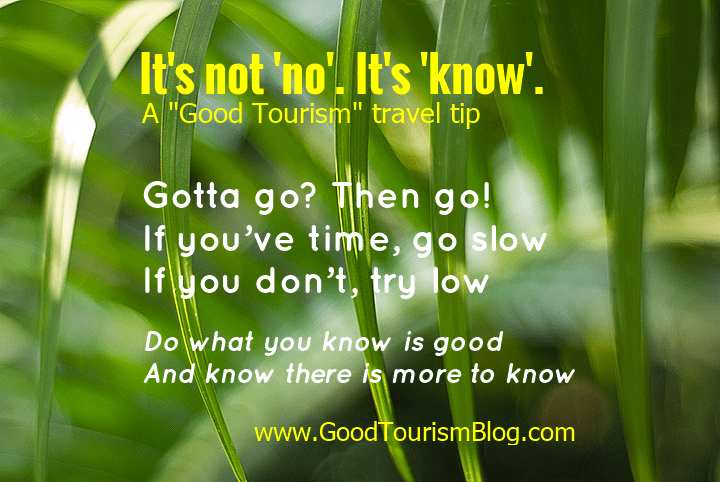
It’s not ‘no’. It’s ‘know’.
Featured image (top of post): Starry night in Langtang National Park, Nepal’s first Himalayan national park and the country’s fourth protected area. Image by Q‑lieb-in (CC BY-SA 4.0) via Wikimedia.
Donations, diversity, disclaimers
To help your correspondent keep his energy-efficient lights on, please consider a private one-off gift or ongoing donation. THANK YOU to those who have! 😍
You are a tourism stakeholder — yes, YOU! — so what’s your view? Do you disagree with anything you have read on “GT”? Join the conversation. Comment below or share your “Good Tourism” Insights. Diversity of thought is welcome on The “Good Tourism” Blog. And you will be supporting an independent publisher with your original content.
Disclaimer 1: It is “GT’s” policy to fully disclose partner/sponsor content. If an item is not disclosed as partner or sponsor-related then it will have caught “GT’s” attention by some other more organic means. Partner with “GT”. You know you want to.
Disclaimer 2: None of the stories linked from this week’s post have been fact-checked by “GT”. All terminology used here is as the linked sources used it according to the knowledge and assumptions they have about it. Please comment below if you know there has been buzzword-washing or blatant nonsense relayed here, but be nice about it. As for “GT” bringing it to your attention for you to set the record straight, you’re welcome! 🙂



